Essential Oils & Diffuser Recipes To Help Clean The Air
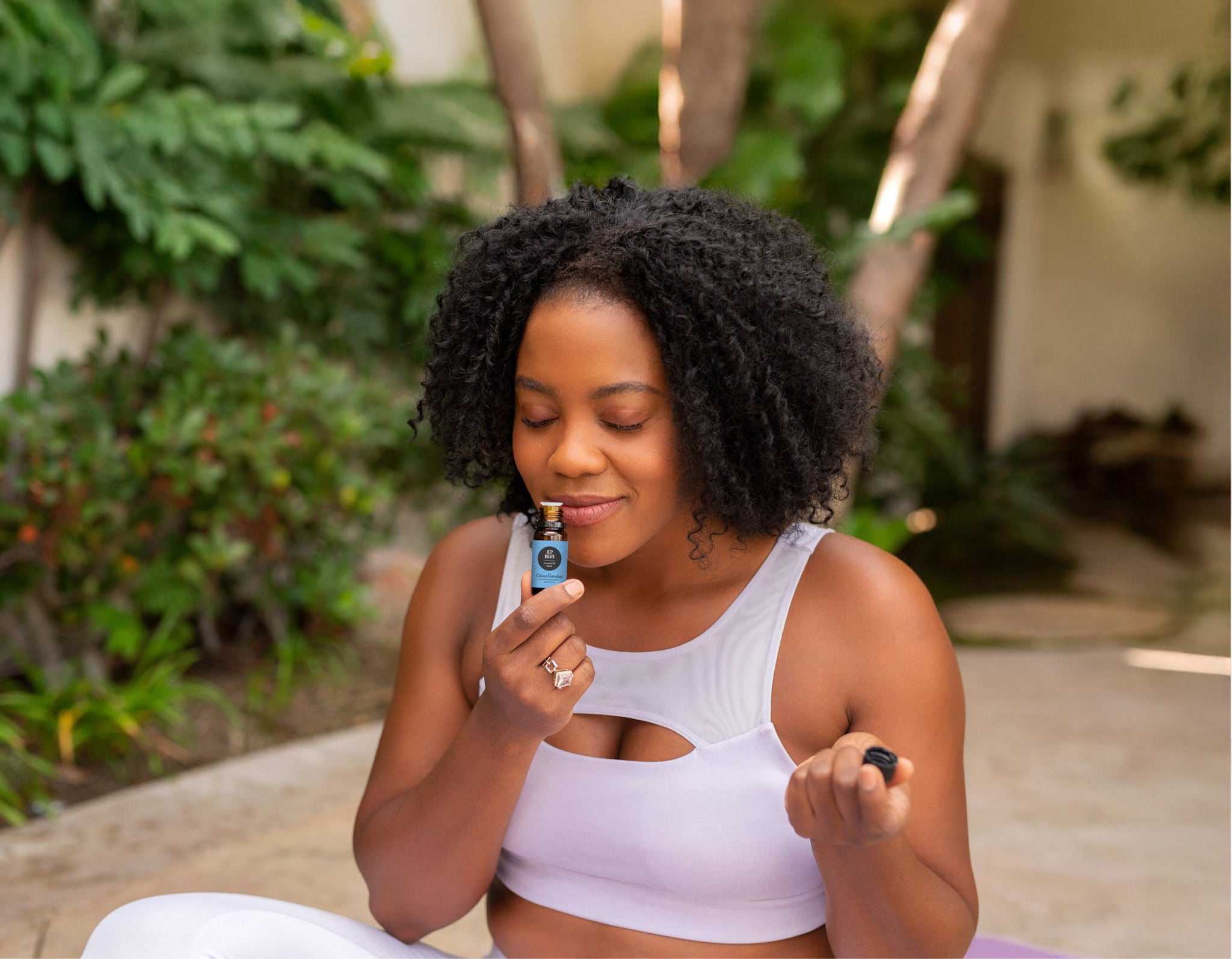
Maintaining a fresh, clean home environment is essential for health and well-being, but indoor air can often be filled with pollutants, allergens, and germs that compromise respiratory health. Many people turn to synthetic air fresheners to mask odors, but these can introduce even more chemicals into the air. Instead, harness the natural purifying power of essential oils to cleanse the air, eliminate unwanted odors, and create a healthier, toxin-free space.
Essential oils like Patchouli, Basil, and Thyme are known for their antimicrobial and air-purifying properties, making them excellent natural alternatives for improving indoor air quality—especially when refreshing your space after exposure to smoke, environmental pollutants, or other airborne irritants.
In this guide, we’ll explore the top five essential oils for air purification and share five easy, effective DIY diffuser recipes to help freshen your home naturally. Whether you're looking to neutralize pet odors, combat seasonal allergies, or restore freshness after a challenging environmental event, these essential oil blends will help you breathe easier while enhancing your space with uplifting, therapeutic aromas. Let’s dive into the best diffuser recipes for a cleaner, fresher home!
#1 Patchouli Essential Oil
Patchouli essential oil isn’t just known for its sweet, musky aroma—it also boasts powerful antimicrobial properties that make it an excellent natural air purifier. In fact, research has compared Patchouli’s disinfecting abilities to those of Clorox, testing its effectiveness in cleansing glass and metal surfaces from harmful bacteria, including:
- Staphylococcus aureus (MRSA)
- Staphylococcus aureus (SA)
- Escherichia coli (E. coli)
The study revealed that Patchouli essential oil successfully eliminated a high percentage of bacteria, proving it to be a potent natural alternative for improving indoor air quality.[1] By adding Patchouli to your diffuser, you can help cleanse the air, reduce airborne germs, and create a fresh, purified environment without relying on synthetic chemicals.
#2 Basil Essential Oil
Bright, herbaceous, and refreshing, Basil essential oil is more than just a pleasant aroma—it’s a powerhouse for purifying indoor air. Like Patchouli, Basil is known for its strong antimicrobial properties, and research suggests it also has antifungal and antiviral benefits. Diffusing a few drops of Basil essential oil can help eliminate airborne germs, combat invisible fungi, and create a fresher, healthier living environment.
What makes Basil such an effective natural air cleanser? Its antimicrobial strength comes from key chemical constituents, including:
- Methyl eugenol
- Methyl chavicol
By incorporating Basil into your diffuser routine, you can harness its natural cleansing properties to improve indoor air quality, reduce allergens, and support overall well-being. Try blending it with other purifying essential oils like Tea Tree or Lemon for an extra boost in fighting airborne bacteria and odors.
#3 Red Thyme Essential Oil
With its bold, peppery, and herbaceous aroma, Red Thyme essential oil is a natural air freshener that also delivers powerful cleansing benefits. Known for its high thymol content, this essential oil is a strong antiseptic, making it ideal for purifying the air and eliminating airborne bacteria. Diffusing Red Thyme not only helps neutralize odors but also supports the immune system and respiratory health, especially during seasonal illness.
Red Thyme belongs to the Lamiaceae family, which includes other thymol-rich plants known for their antimicrobial properties, such as:
- Oregano
- Basil
- Mint
- Rosemary
- Sage
While the thymol concentration varies among these oils, all are excellent choices for cleansing indoor air and reducing airborne germs.[2] Try blending Red Thyme with Lemon or Eucalyptus essential oil for a powerful, all-natural air-purifying diffuser recipe.
#4 Lime Essential Oil
Citrus essential oils are widely used in natural cleaners, and Lime essential oil is no exception. While Lemon oil is often the go-to for freshness, Lime offers equally powerful antiseptic and antimicrobial benefits. Used in traditional medicine across various cultures, Lime has been studied for its antibacterial properties. A 2005 study comparing Lime, Ginger, and Garlic found that Lime exhibited the strongest antibacterial effects.[3] Additionally, Brazilian researchers discovered that Lime essential oil effectively combats oral bacteria, highlighting its natural cleansing power.[4]
Lime’s key chemical constituents include:
- Limonene
- γ-Terpinene
- β-Pinene
With a bright, zesty aroma, Lime essential oil is an excellent choice for purifying indoor air, especially during cold and flu season. Its refreshing aroma not only uplifts the mood but also supports respiratory health. Diffusing Lime essential oil can help cleanse the air of airborne factors and promote a revitalizing environment. Try blending it with Tea Tree or Eucalyptus oil for an extra boost in immune support and air purification.
#5 Breath of Fresh Air Essential Oil Blend
Looking for a powerful, ready-to-use blend of essential oils to naturally cleanse and refresh your indoor air? Breath of Fresh Air combines some of the most potent antimicrobial essential oils for air purification, creating a crisp, uplifting aroma that eliminates airborne factors and odors.
This expertly crafted blend includes:
Lime – Packed with limonene and β-pinene, Lime essential oil is a natural disinfectant that freshens and cleanses the air.
Grapefruit – Like Lime, Grapefruit contains high amounts of limonene and has been proven effective against gram-positive bacteria, viruses, and single-celled organisms.
Lemon – A powerhouse in household cleaning, Lemon oil’s antimicrobial properties make it one of the best essential oils for air purification.
Eucalyptus – Known for its antibacterial, antiviral, and antifungal effects, Eucalyptus supports respiratory health and helps clear congestion.
Lemongrass – With a bright, herbaceous scent, Lemongrass oil offers antimicrobial benefits similar to Basil, making it a perfect complement to this blend.
Citrusy with a refreshing hint of menthol, Breath of Fresh Air is an ideal essential oil blend for diffusing in any room. Use it daily to eliminate airborne impurities, neutralize odors, and create a cleaner, healthier living space. Try adding a few drops to your diffuser to experience its air-cleansing benefits firsthand.
Open Air Diffuser Blend
Bring the crisp, invigorating aroma of the outdoors into your home with the Open Air Diffuser Blend. This carefully crafted combination of purifying essential oils helps freshen stale indoor air while promoting easier breathing and overall wellness. Whether you’re looking to eliminate airborne impurities or simply create a cleaner, more vibrant atmosphere, this blend is a perfect choice.
Combine the following essential oils in your diffuser:
2 drops Patchouli
1 drop Lime
1 drop Thyme
1 drop Basil
Though unconventional, this antioxidant-rich diffuser blend combines sweet, musky Patchouli with vibrant green herbs and zesty citrus for a balanced, refreshing aroma. Diffuse it daily to revitalize your indoor air and create a cleaner, more breathable environment.
Kitchen Odor Fighter Diffuser Blend
With all the cooking and dirty dishes, the kitchen can become a hub for unwanted odors. Use this diffuser recipe to keep the aroma clean.
4 drops Lime
3 drops Grapefruit
2 drops Tea Tree
Similar to Breath of Fresh Air, this homemade blend harnesses anti-inflammatory Tea Tree oil for an aromatherapy blend that soothes you and keeps your kitchen fresh.
These oils also have the added benefit of combating things such as mold spores and hidden bacteria.
Fresh & Clean Diffuser Blend
Few things make you feel as accomplished as sprucing up your living space. This diffuser recipe puts the finishing touch on your hard work.
Add the following to your diffuser:
4 drops Tangerine
3 drops Cypress
2 drops Deep Breath
1 drop Lemongrass
Combining notes of citrus, pine, and herbs, this oil is refreshing. Let it finish the cleaning job by purifying the air while you finally put your feet up and bask in the aromatherapeutic goodness.
Stale Air Fighter Diffuser Blend
Leaving the house with the windows shut or without circulation can result in stale air. If you come home after a long vacation or if the weather has been too extreme for open windows, give this blend a try:
3 drops Peppermint
2 drops Lavender
2 drops Rosemary- Spanish
Subtly sweet and minty, it feels like a breath of fresh air.
Germ Fighter Diffuser Blend
If you live with other people, you know how quickly germs can spread. At the first sign of illness, diffuse this blend intermittently for 30-60 minutes.
4 drops Bergamot
3 drops Frankincense- Serrata
2 drops Cinnamon Leaf
1 drop Clove Bud
Citrusy Bergamot combines with methyl eugenol-rich Clove and other warming spices to ward off colds.
Note: This essential oil diffuser recipe is not recommended for use around children under 10, so diffuse in your bedroom, if you have little ones.
SOURCES:
-
Tam, May Nar. A comparison on the disinfecting effect of patchouli essential oil and Clorox(R) for gram positive and gram negative bacteria. 2008. Hong Kong Polytechnic University MsC dissertation. https://theses.lib.polyu.edu.hk/handle/200/4814
-
Singh, N. “Efficacy of Chlorine Dioxide, Ozone, and Thyme Essential Oil or a Sequential Washing in Killing Escherichia coli O157:H7 on Lettuce and Baby Carrots.” LWT Food Science and Technology 35.8 (2002): 720-729. https://www.sciencedirect.com/science/article/pii/S0023643802909333
-
Onyeagba, R.A. et al “Studies on the antimicrobial effects of garlic (Allium sativum Linn), ginger (Zingiber officinale Roscoe) and lime (Citrus aurantifolia Linn).” African Journal of Biotechnology 3.10 (2004). https://www.ajol.info/index.php/ajb/article/view/15016
-
Lemes, Raiane et al. “Chemical composition and antibacterial activity of essential oils from Citrus aurantifolia leaves and fruit peel against oral pathogenic bacteria.” Anais da Academia Brasileira de Ciências 90.2 (2018). https://www.scielo.br/scielo.php?pid=S0001-37652018000401285&script=sci_arttext
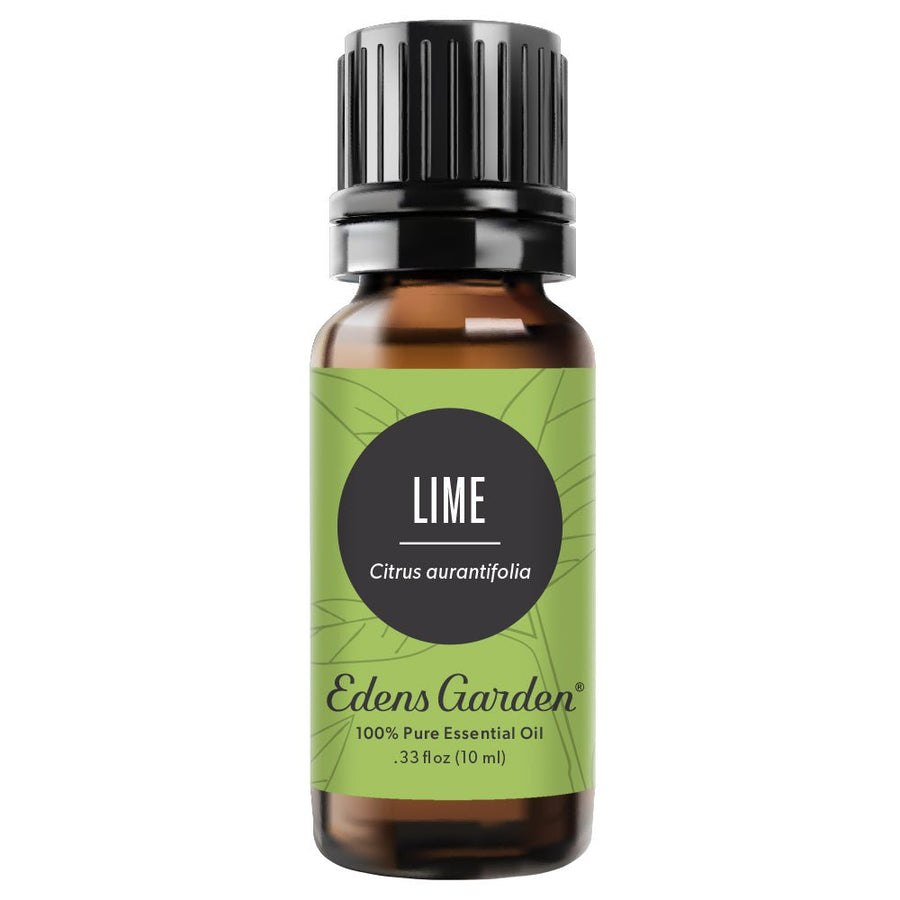
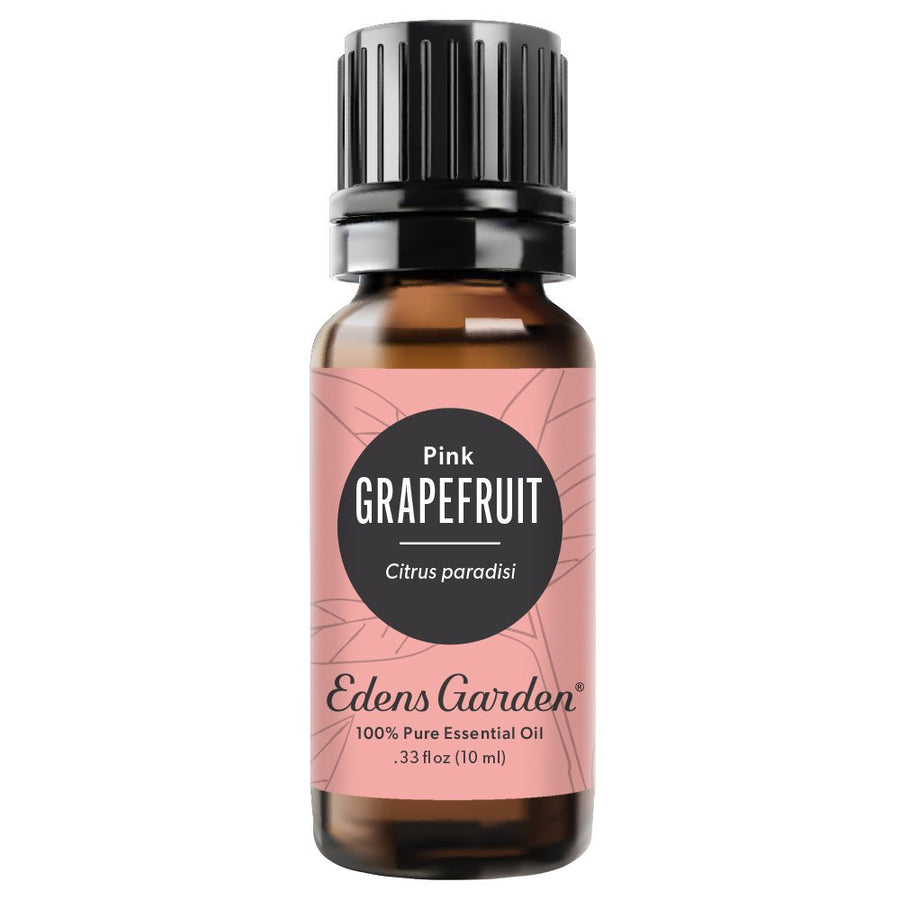
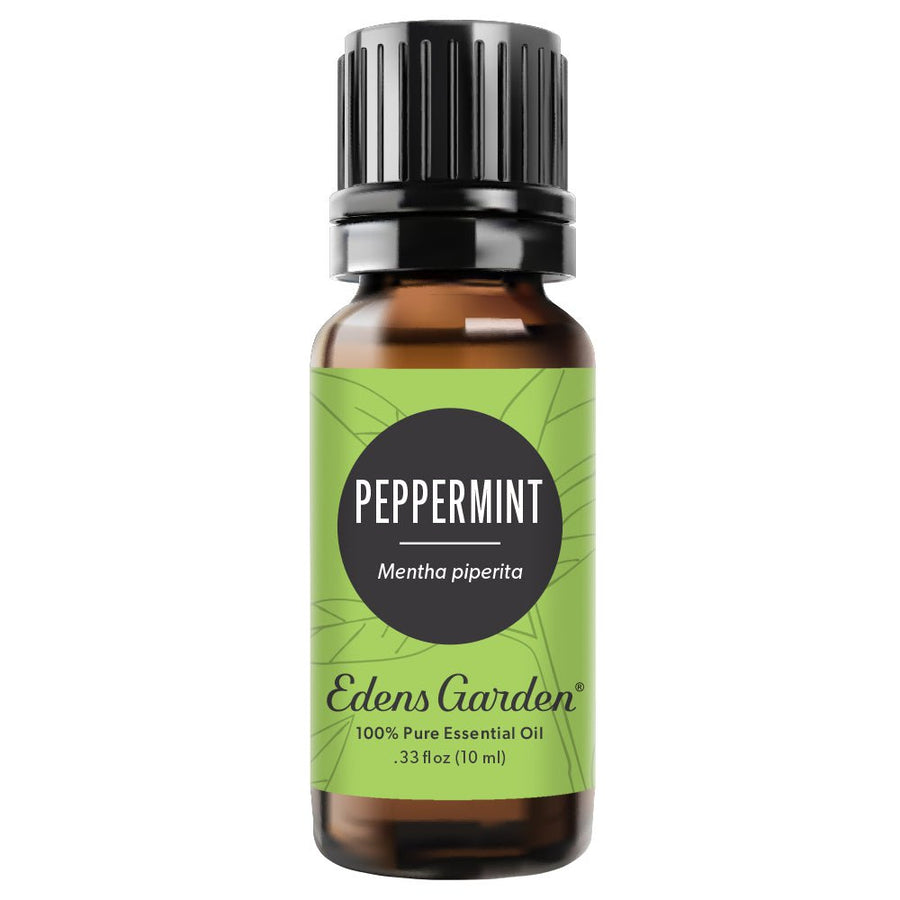
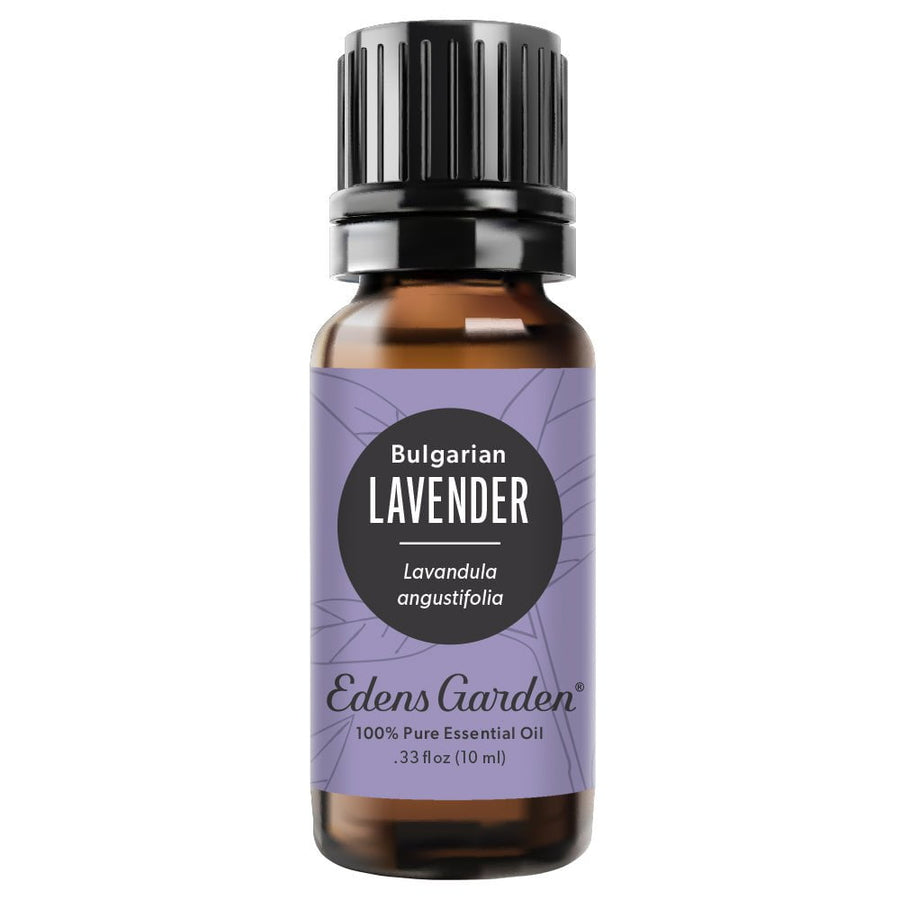
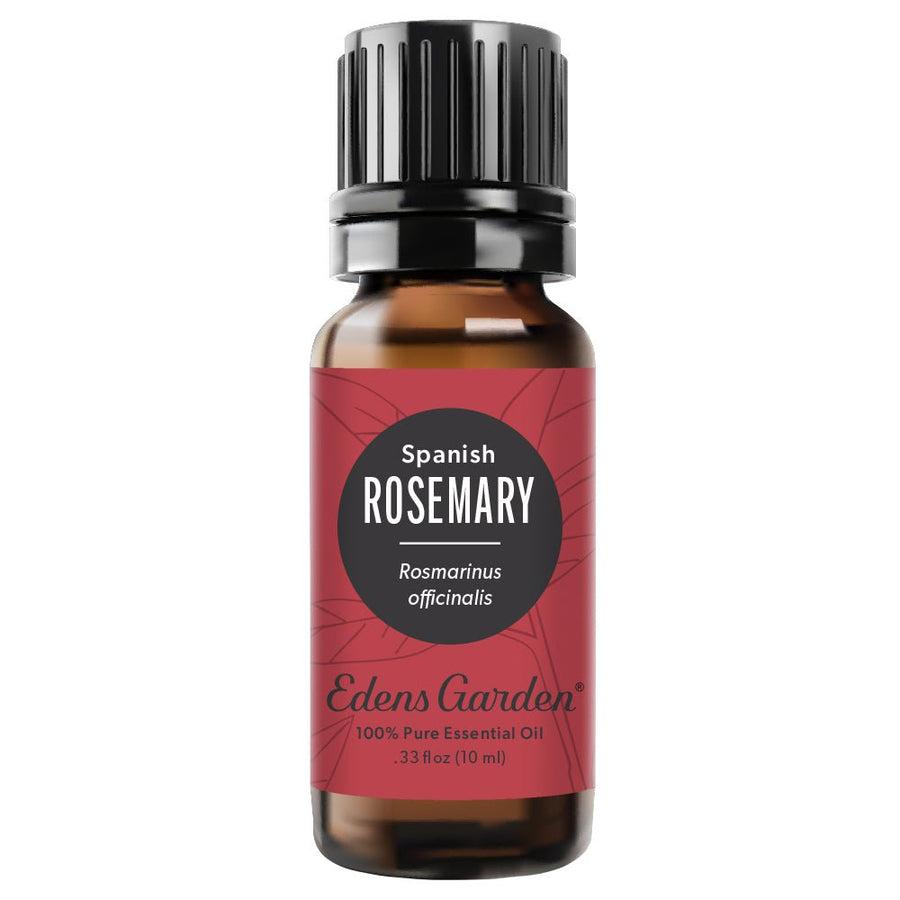
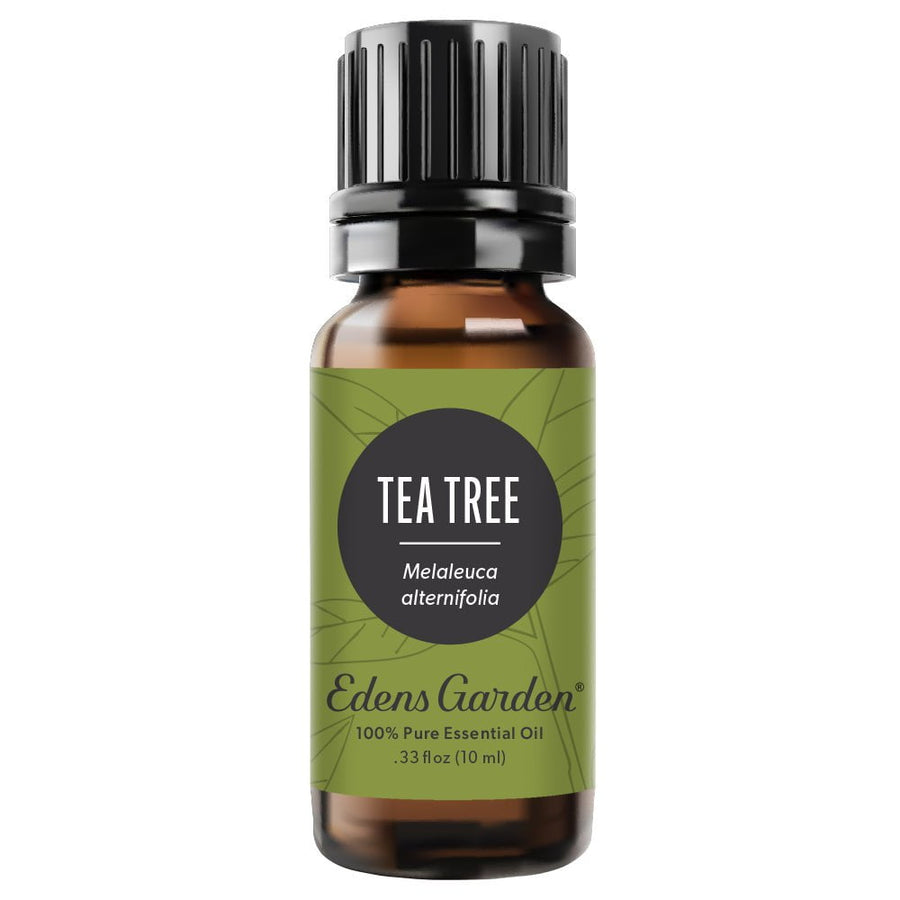


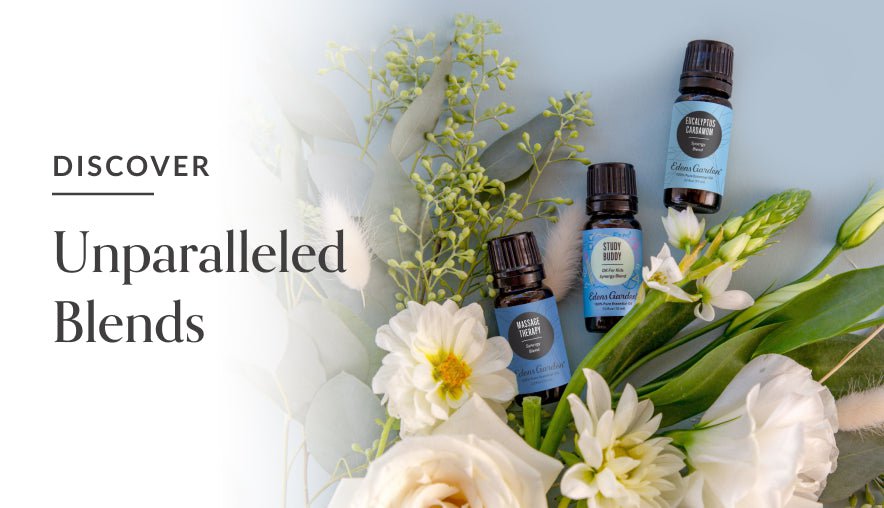

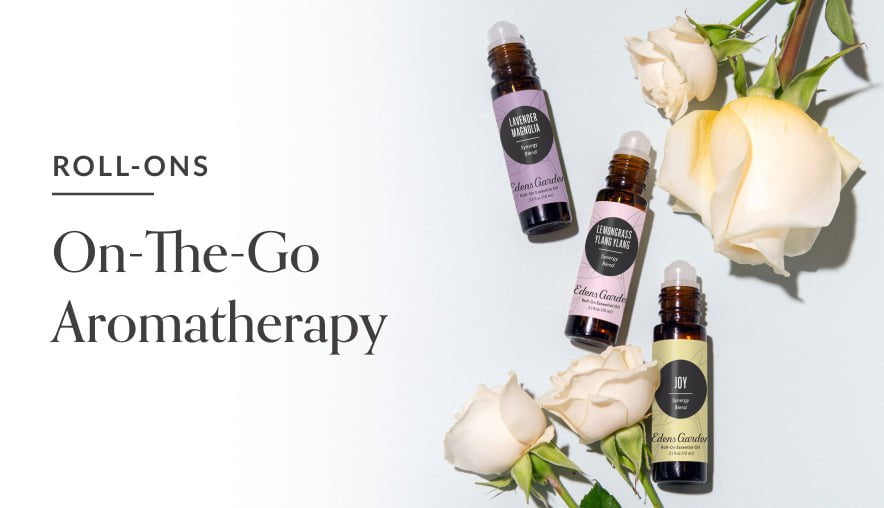
Joy
February 25, 2025 at 9:54 am
This is such solid information! Thank you for these amazing recipes, and for the scientific information to support them. I want to try them ALL. As I read, I could almost smell each one. Thank you for being such a dependable source of information.